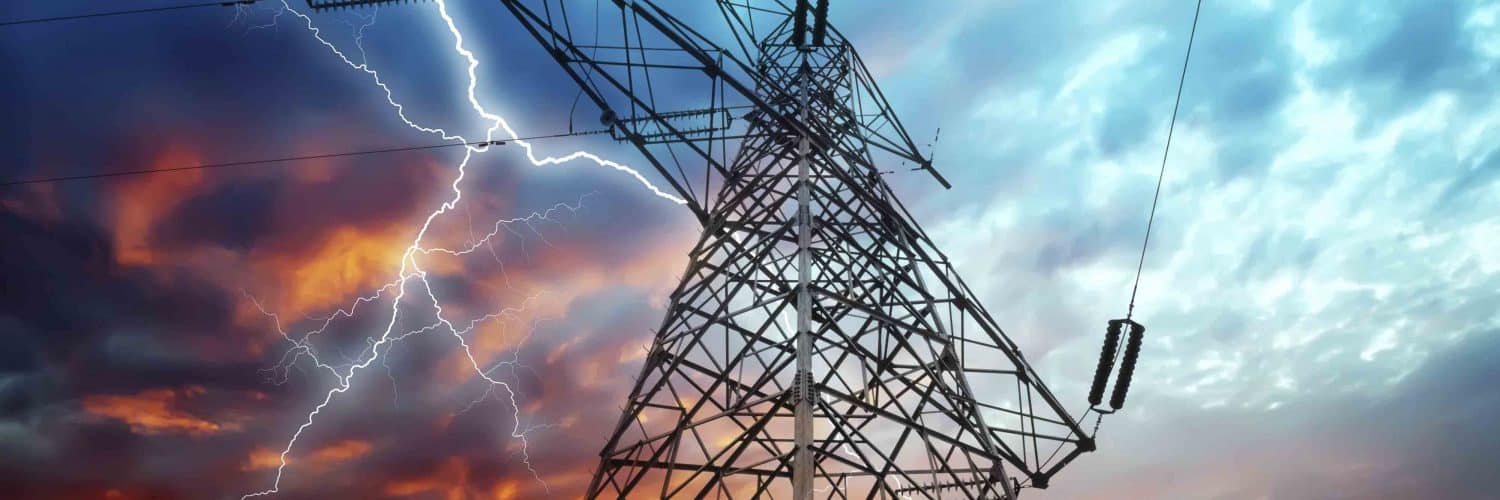Alberta’s weighted average Power Pool Price for March settled at $67.79/MWh. Relative to last week’s price of $65.41/MWh, this is a minor increase of $2.38/MWh or 3.5%. Variance in pricing was kept to a minimum, with volatility only occurring on 2 separate days; on the 25th and 26th, prices settled at $149.79/MWh and $141.06/MWh, respectively. Intermittent daily generator outages at Battle River 4, Sheerness 1 & 2 and Keephills 2, in addition to the Sundance facilities being offline due to coal-to-gas conversions, caused the elevation in pricing. Disregarding those 2 days, Power Pool Prices averaged $47.61/MWh the last few days of March. A 255MW or 2.6% decrease in demand also caused prices to soften week-over-week. Lower prices may not last long, however, as there are a few planned generator outages for April, which should decrease the supply cushion and increase the risk of volatility.
The weighted average Hourly Ontario Energy Price (HOEP) has settled at 1.8¢/kWh to close out the month of March, an uptick of 0.2¢/kWh or 13% compared to last week’s settle. Driving this increase is price volatility: March 28th and March 31st saw HOEP spike around 20-25¢/kWh, even reaching $1.66/kWh, because of unexpected temperature fluctuations. Outside of this volatility, demand and supply have both decreased compared to average March levels (-5%, 14,922MW and -6%, 15,294MW), with all generation sources, except for hydro (+1%, 4,069MW), reducing their supply: nuclear (-8%, 8,175MW), natural gas (-32%, 857MW), wind (-3%, 2,066MW), solar (-11%, 88MW), and biofuel (-9%, 38MW). Currently, with the first Global Adjustment estimated at 7.9¢/kWh and the first estimate recovery rate at 0.5¢/kWh, March’s total market price is 10.2¢/kWh.
In other electricity news, the Independent Electricity System Operator (IESO) has requested that Hydro One develop a new line between its Chatham switching station and its Lambton transformer station. This new line would provide the necessary electricity to supply the rapidly growing agricultural sector in Southwestern Ontario. The IESO is expecting agricultural electricity demand in the Windsor-Essex and Chatham areas to grow from roughly 500MW today to about 2,000MW by 2035. The 230-kilovolt double circuit transmission line, if approved by the Ontario Energy Board (OEB), would be in service by 2028.
– Mark Ljuckanov, Energy Advisor / Ryan Cosgrove, Energy Data Analyst / Sarah Clemente, Energy Data Analyst








Add comment